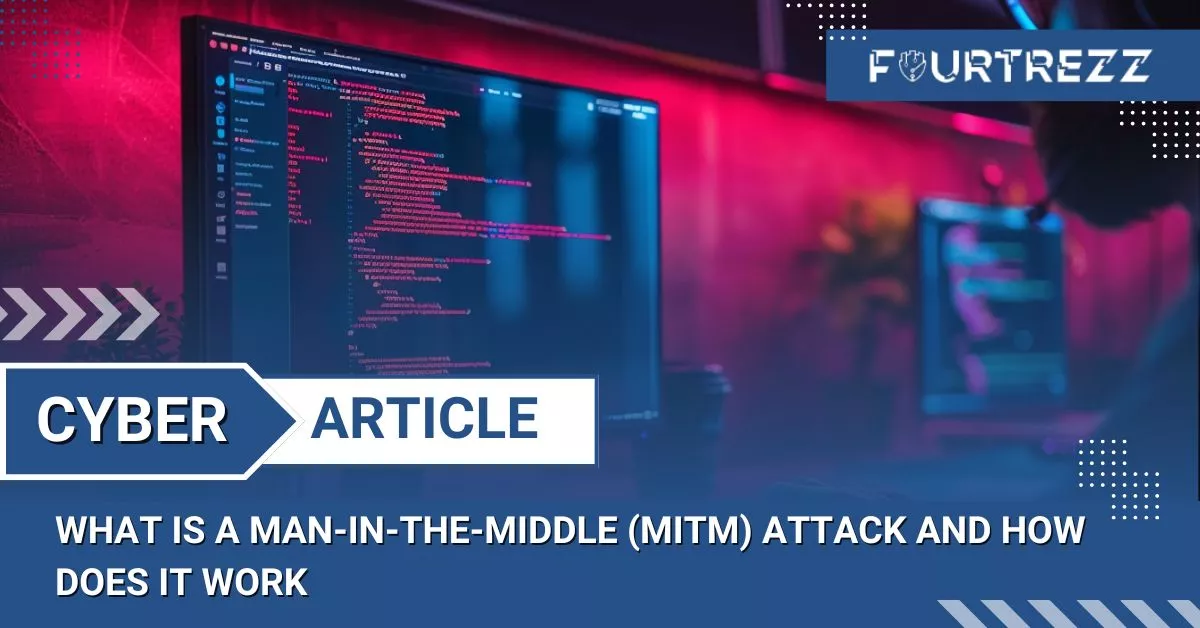Are you aware that the types of network security threats endangering your devices are not just one or two? There are numerous cyber threats that can jeopardize network security, even extending to material losses in the real world. Many businesses in Indonesia still overlook network security matters, generally, a business will not concern itself with network security threats until experiencing the repercussions; starting from data leaks leading to sales decline due to loss of customer trust. Hence, it’s vital to understand What Are The Types of Network Security Threats and How to Address Them? So that these threats can be minimized.

Commonly Occurring Network Security Threats
Generally, threats lurking on network security are efforts of sabotage or data theft within computer networks. Not only limited to malicious code like viruses or trojan horses, network security threats can be of various kinds. Below, Fourtrezz discusses some types of threats most often occurring in a network:
- DoS Attack (Denial of Service Attack)
DoS Attack is an assault on a computer or server in the internet network that exhausts the resources of a computer, rendering the computer unable to function normally until other users are unable to obtain service access from the attacked computer.
- DDoS (Distributed Denial of Service)
DDoS isn’t vastly different from DoS, but in DDoS the attack employs many attacking hosts, either computers meant for attacking or other computers turned into zombies. DDoS attacks a single host target within a network.
- SQL Injection
SQL injection is a hacking action on computer security, where an attacker can gain access to the database within the system.
- Deface
Deface is a network security threat attacking the display aspect by replacing or inserting files within the server. Deface can be executed due to security system loopholes within a network.
- Request Flooding
Request Flooding is a threat to network security by flooding the network through requests to a service provided by the host. The result of this request flooding is that requests coming from genuine users can’t be served.
How to Address Network Security Threats?
After knowing the commonly occurring types of network security threats, now how to address them? Network security analysis is one of the primary ways to address various network security threats occurring, there are several initial stages that can be done including; Vulnerability, Threat, Impact, Frequency, Recommended Countermeasures. After analyzing network security threats you should also regularly undertake network security improvement efforts to avoid the above threats. Here are steps you can take:
- Change SSID Address
Most network owners name their network router SSID with names, addresses, locations, or business identities. These identities should not be included in the SSID as they can be easily traced by anyone, including irresponsible individuals.
- Use Encryption
There are many wireless networks not equipped with security systems thus easily breached. Hence, encrypting data or software to avoid breaches is essential. The type of encryption often used is WPA2 due to its assured security.
- Disable or Turn Off Router Interface Feature
Many cyber criminals infiltrate and spread threats through router interface features easily accessed by outsiders. When they successfully enter the network, they can read or even manipulate log files. Therefore, you should anticipate this by disabling the feature.
- Install Antivirus
Installing antivirus is useful to anticipate virus attacks entering through any medium. Not just that, also install antimalware as intruders can insert malware which is far more dangerous thus rendering the computer network inaccessible for a while.
- Perform Backup
At times, you should store data through cloud storage services that are safer from cyber attacks. The reason being, external hard disks are still more susceptible to malware infiltrated from websites or e-mails. Hence, perform data backups regularly and store your data only in the cloud.
- Employ Trustworthy Cyber Security Services
Every company, whether large, medium, or small scale, is highly recommended to use reliable cyber security services to ensure that your data is always well protected.
Fourtrezz is a cyber security company that has an experienced IT security team in finding security loopholes within websites, applications or networks. Fourtrezz IT Security team always applies operational standards used by IT Security worldwide.
Contact Fourtrezz immediately for more information and to try our free trial service.










